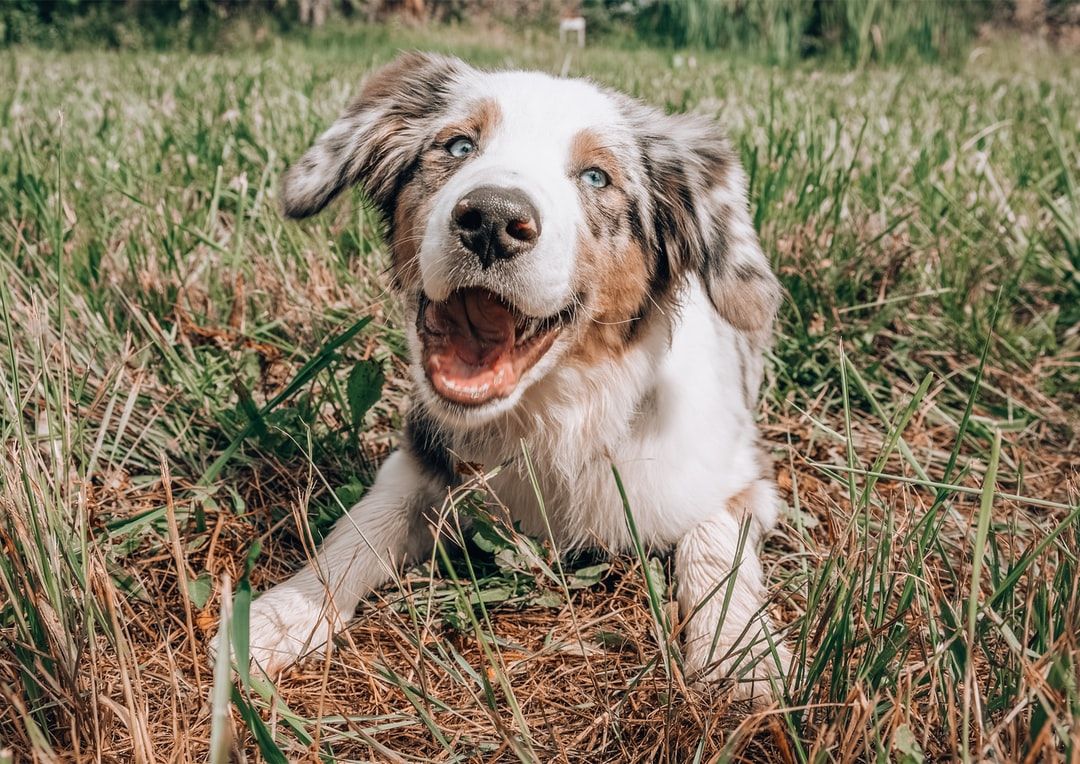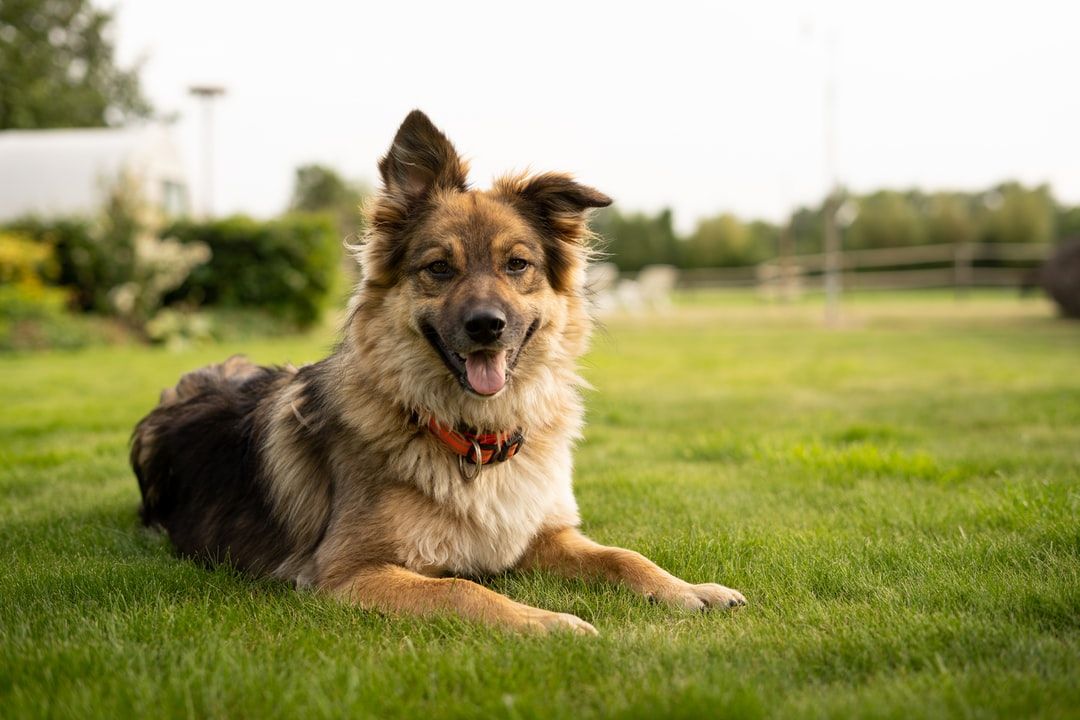Is your dog successful? What do we mean by successful? Let me phrase it this way. When do you feel your dog is unsuccessful? Maybe when you walk your dog past another dog and they start barking and lunging or perhaps it’s when you let your dog off lead and they won’t come back when called. There may be many situations where you feel your dog doesn’t behave, however, this is often due to your dog not being adequately prepared or comfortable in these situations.
Ensuring you do everything in your power to set your dog up for success will ensure your dog is confident and optimistic. So in this blog, we are going to consider how to set your dog up for success, and what support you can provide to accomplish this.
Attitude
If you decide that there is no hope of addressing your dog’s behaviour, you can guarantee that their behaviour will never improve. Your dog needs you to believe in him because if you don’t, you have created restrictions on what your dog can accomplish. The limits to your perception of your dog do not define your dog’s abilities.
The success of your dog is often dependent on your attitude towards them. Therefore, it is critical that you don’t set your dog up to fail by creating invisible limitations. We know ourselves that we need encouragement and support to accomplish new things and our dogs are no different. So create goals for your dog and not obstacles.
The success of your dog is often dependent on your attitude towards them. Therefore, it is critical that you don’t set your dog up to fail by creating invisible limitations. We know ourselves that we need encouragement and support to accomplish new things and our dogs are no different. So create goals for your dog and not obstacles.
Positive Communication
Many can get into the habit of only communicating with their dog when they are telling them to stop engaging in a certain behaviour. Unfortunately, this means that lots of positive behaviour is not acknowledged because it’s not causing any inconvenience to the guardian. You need to communicate with your dog and praise him for any and every behaviour you like. Cues are not ways to control your dog, rather they are a means to communicate with your dog so they know what to do. By teaching them certain behaviours in different situations, you are strengthening their skills and preparing them for situations that present more challenges.

Expectations
Many fall into the trap of expecting way too much of their dogs from a very young age. It’s common for dog guardians to spend most of their time trying to teach their dog the English language but not devoting any time to learning their dog’s language. We have to remember that they are not pre-programed to recognise specific words and they don’t understand how we want them to behave without plenty of time and practice.
“Training often fails because we expect way too much of an animal and way too little of ourselves.”- Bob Bailey
Dogs do not generalise well. So just because he can confidently do a sit in puppy class does not automatically mean your dog can sit calmly when they are in a busy environment. You have to build on every skill you teach your dog, by practicing in different environments and gradually adding distractions and this is called proofing a behaviour. So when you are training and you feel your dog isn’t responding, don’t just blame him and give up. Consider whether there are too many distractions and learn from it by making the training easier next time.

Rewards
There are those that believe all rewards should be phased out eventually and that the dog should simply comply. However, you would never be willing to work for nothing, so why should your dog? Now you don’t necessarily have to give your dog a treat every time they do something positive, but you can use your positive communication and acknowledge that you liked their choice. You can also use praise, fuss and play time as a way to build your dog’s self esteem and confidence. A pleasant consequence following a behaviour, is proven to move your dog to repeat that behaviour, so using rewards is the most effective and kindest way to train the behaviours you expect your dog to display.
Conclusion
Finally, we need to remember that success isn’t an event. Like all dog training, it is a process that isn’t linear. Training is a journey and its one that you and your dog should enjoy and learn from together. By communicating with your dog and believing that he can succeed, you will be motivated to work with your dog, rather than against him, and as you learn more about your dog’s needs and limitations, you will also be prepared to overcome any struggles and celebrate all of your successes together.
Start Your FREE Skill-Hub Trial Today
Commitment Free 3 Day Access
Canine Principles' Skill-Hub allows unlimited* access to ALL self-study courses, workshops & webinars.
*Requires Monthly Subscription. See Skill-Hub Subscription Page For Details.

